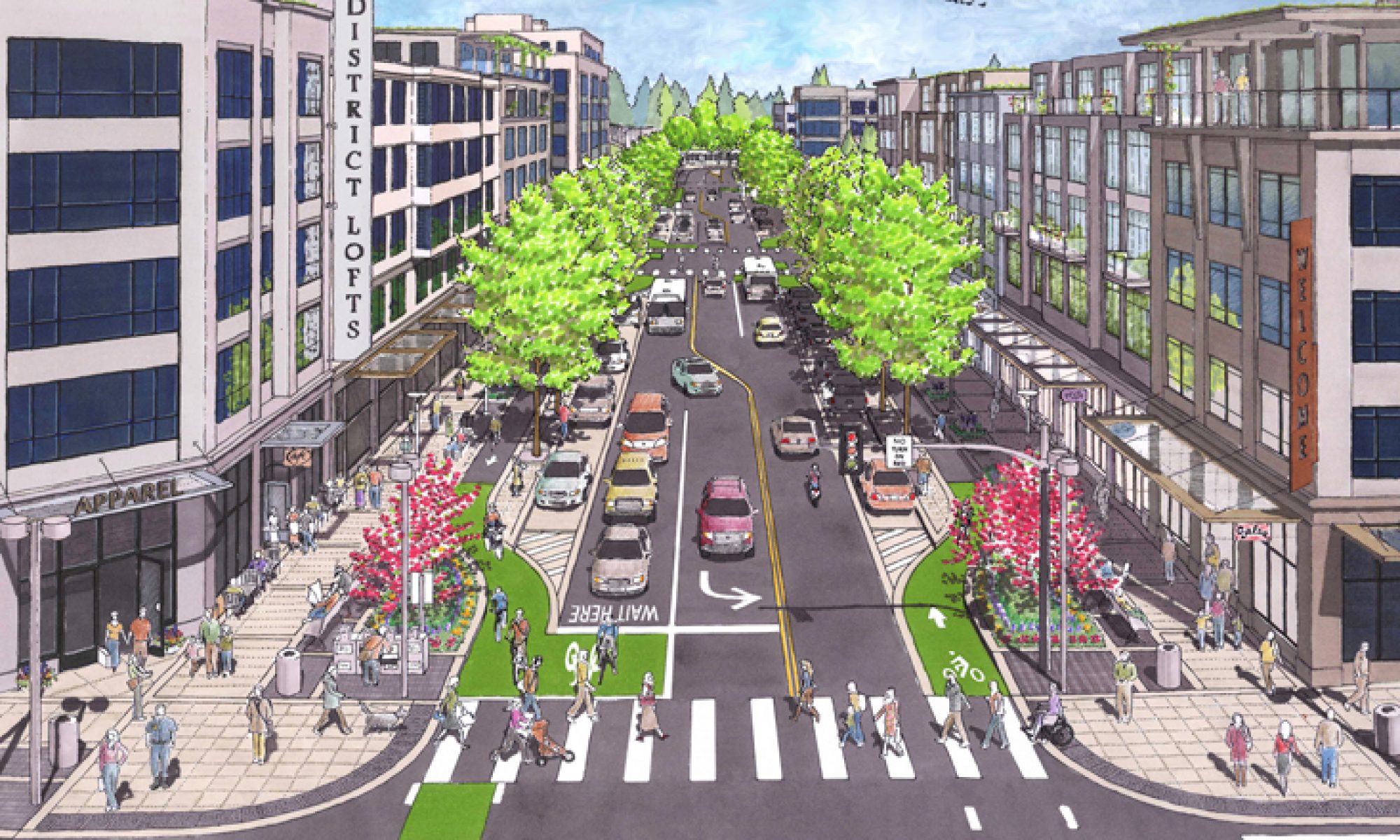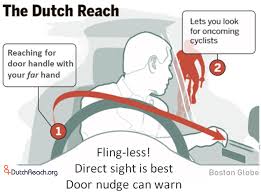Read the surprising history (and see amazing photos!) about when the US was a world leader in bike lanes. In the years before cars took over bike super-highways, cycle paths, and sidepaths enabled people to reach destinations in Rochester, Chicago, Minneapolis, New York (in particular, Coney Island), New Jersey, and Los Angeles.
Now cities all over the US like Asbury Park, are acknowledging the need to reduce/eliminate the use of automobiles, and rebuilding infrastructure for bikes and other micro-mobility.
In 1900, Los Angeles had a bike highway — and the US was a world leader in bike lanes
“The success of the Coney Island Cycle Path spurred cyclists in Upstate New York to push for local governments to build similar bike-specific routes that would run alongside roads, funded by tolls.
The idea was that by building these relatively smooth, sometimes paved paths — often called “sidepaths” — next to rutted country roads, cyclists would demonstrate the benefits of road investment to teamsters and farmers, who’d then support the campaign for paved roads in general.
These routes were distinct from sidewalks and were intended specifically to segregate bikes from horse and carriage traffic with a few feet of grass or other buffer. More than anything, they resemble today’s protected bike lanes, which are set off from roads with bollards, parked cars, or other physical barriers.”
Read about it!
https://www.vox.com/2015/6/30/8861327/bike-lanes-history












